6.2.3 Case Study III - Senegal River Basin Development Organization
The case study „Senegal River Basin Development Organization” demonstrates instruments of coordinated decision making for dealing with the WEF-Nexus at river basin scale.
The analysis of the case study is structured as follows:
- Description of the region,
- WEF-Nexus related conflicts in the region
- Identification and description of WEF-Nexus relevant instruments.
River basin organizations as WEF-Nexus coordination instutions - key questions:
- Why could river basin organisations be the adequate institutions for a coordination between the WEF-sectors?
- How could river basin organizations support WEF-Nexus governance at regional scales?
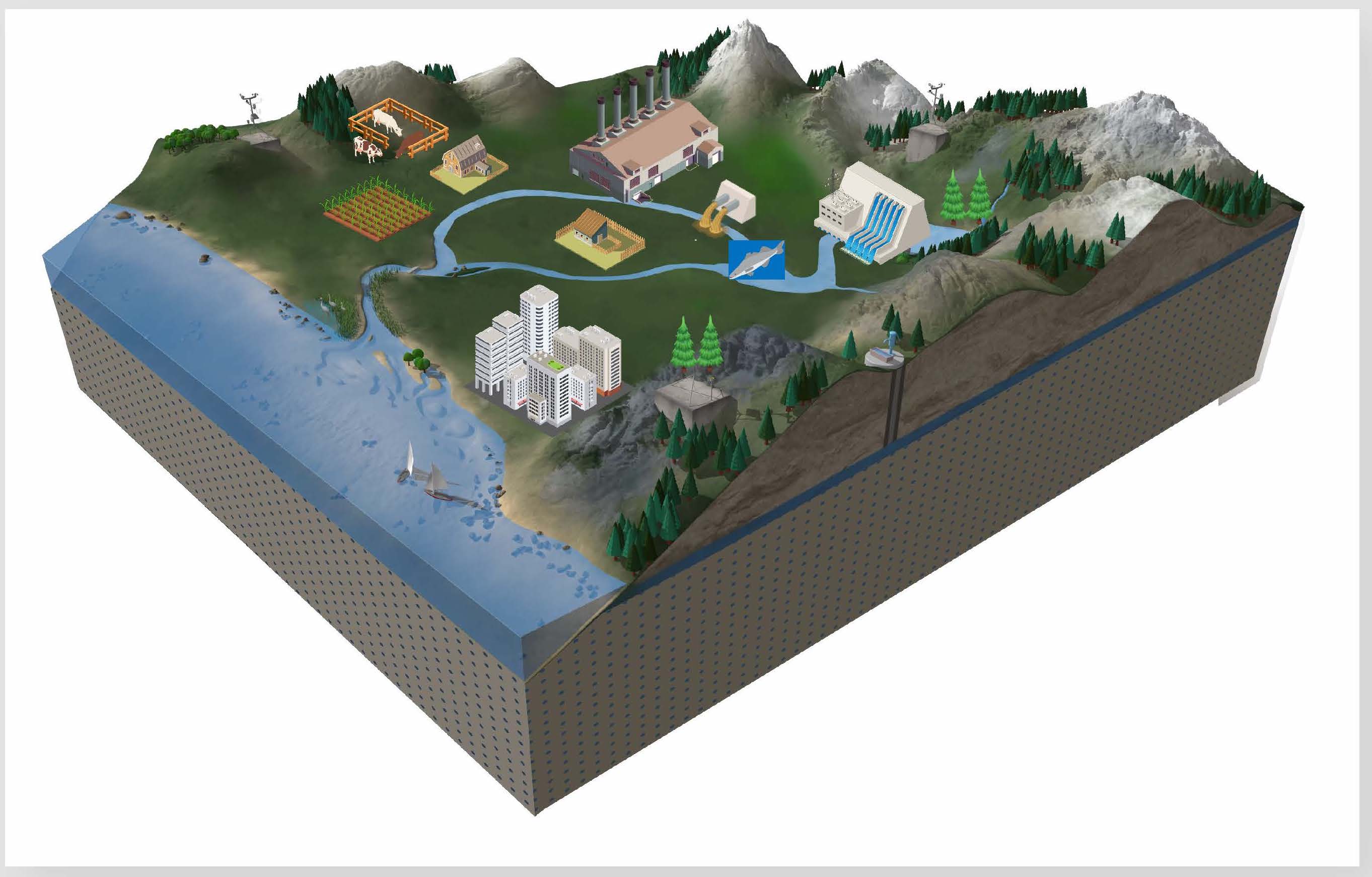 Own graph.
Own graph.
In the context of regional nexus governance some authors argue that regional river basin organizations may be particularly well-positioned to govern nexus impacts due to their access to key stakeholders in relevant sectors and across geographical scales (e.g., UNEP, 2014; UNECE, 2015; Scheumann and Tigrek, 2015).
Furthermore, as suggested by the United Nations Environment Programme (UNEP) river basin organizations can be catalysts to help govern the WEF nexus as they usually work with the agricultural sector on irrigation, the energy sector on hydropower or the environment sector across the river (UNEP, 2014).
The Convention on the Protection and Use of Transboundary Watercourses and International Lakes (the Water Convention) operates under the umbrella of the United Nations Economic Commission for Europe (UNECE) and is an intergovernmental platform for the advancement of cooperation in transboundary river basins. The Water Convention developed a methodology for assessing nexus issues in transboundary basins and applied the methodology at different basins in Europe.
Those who are interested at the methodology will find the description here UNECE, 2018. Methodology for assessing the water-food-energy-ecosystems nexus in transboundary basins and experiences from its application: synthesis. Available from: https://unece.org/environment-policy/publications/methodology-assessing-water-food-energy-ecosystems-nexus
Results of the assessment of the water-food-energy ecosystems nexus for different basins in Europe are available from: https://grid-arendal.maps.arcgis.com/apps/Cascade/index.html?appid=7101ef4dfcfb40e98cdc31b2e9d7da10
Senegal River Basin
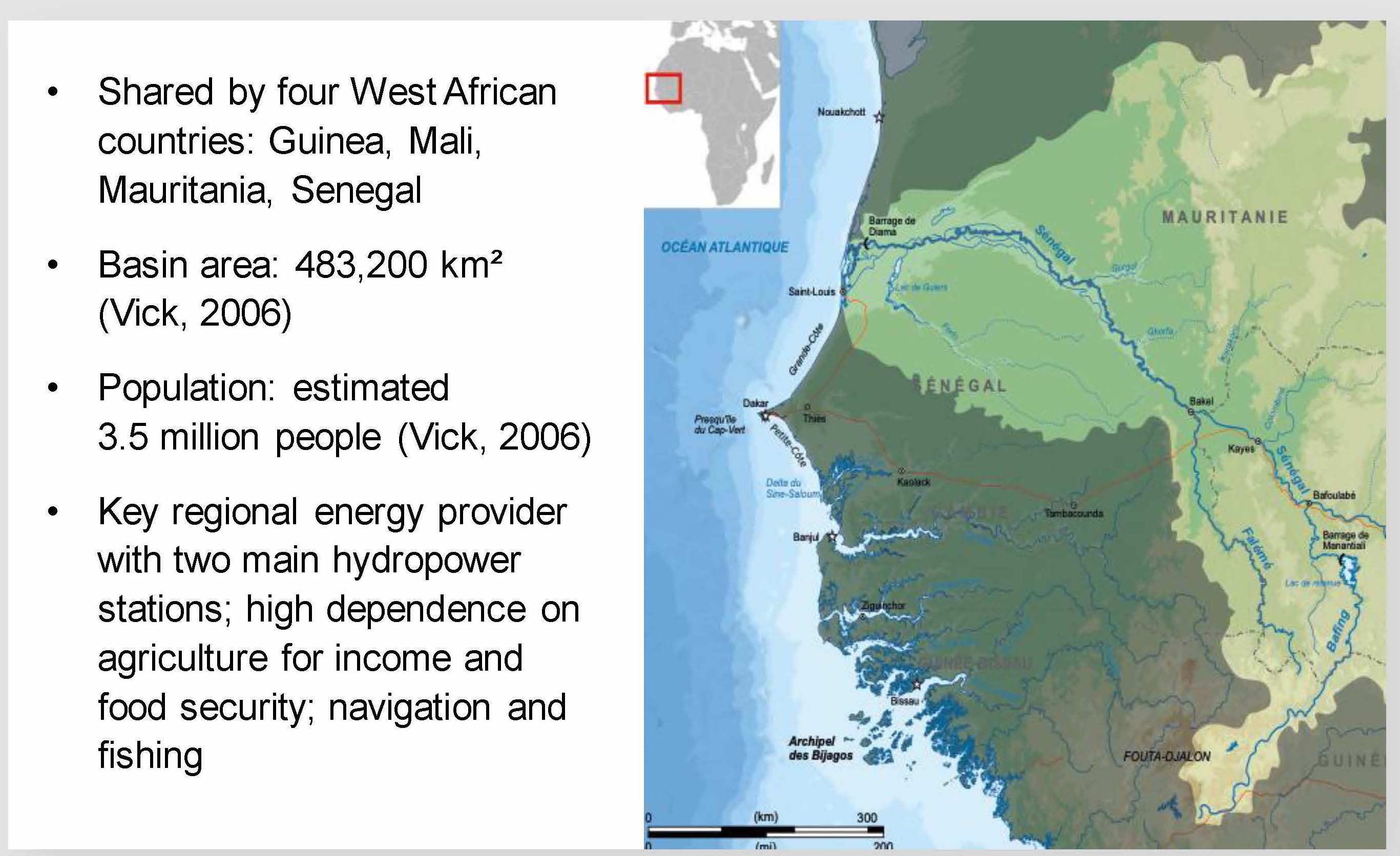 Adapted from OMVS, http://www.omvs.org
Adapted from OMVS, http://www.omvs.org
https://commons.wikimedia.org/wiki/File:S%C3%A9n%C3%A9gal_drainage_basin_map-fr.svg
Bourrichon - fr:Bourrichon, CC BY-SA 3.0 https://creativecommons.org/licenses/by-sa/3.0>, via Wikimedia Commons
The Senegal River Basin is located in West Africa and shared by four countries: Guinea, Mali, Mauritania and Senegal. The river basin is characterised by high poverty levels (more than 50% of the population live on less than US $2 per day) and demographic growth (IUCN, 2019).
The river is a very important energy provider for all countries allocated in the basin and supports the irrigated agriculture as basis for food security and income (Vick, 2006; IUCN, 2019).
Instruments relevant for the WEF-Nexus are:
- The involvement of stakeholders
- Joint operation and ownership of the water infrastructure on the river
- Integrated Development Plans for the basin.
Nexus sectors involved:
-
high dependencies between irrigation water for food security, nature conservation and energy production
-
Principal interests of Mali: energy production and navigation
-
Senegal, Mauritania and Guinea: energy and agriculture
Further aspects relevant for the nexus perspective in all countries: anthropogenic pollution caused by the discharge of industrial and agricultural chemicals into river; droughts; high poverty level (more than 50% of the population live on less than US $2 per day); high dependence on agriculture for income and food security
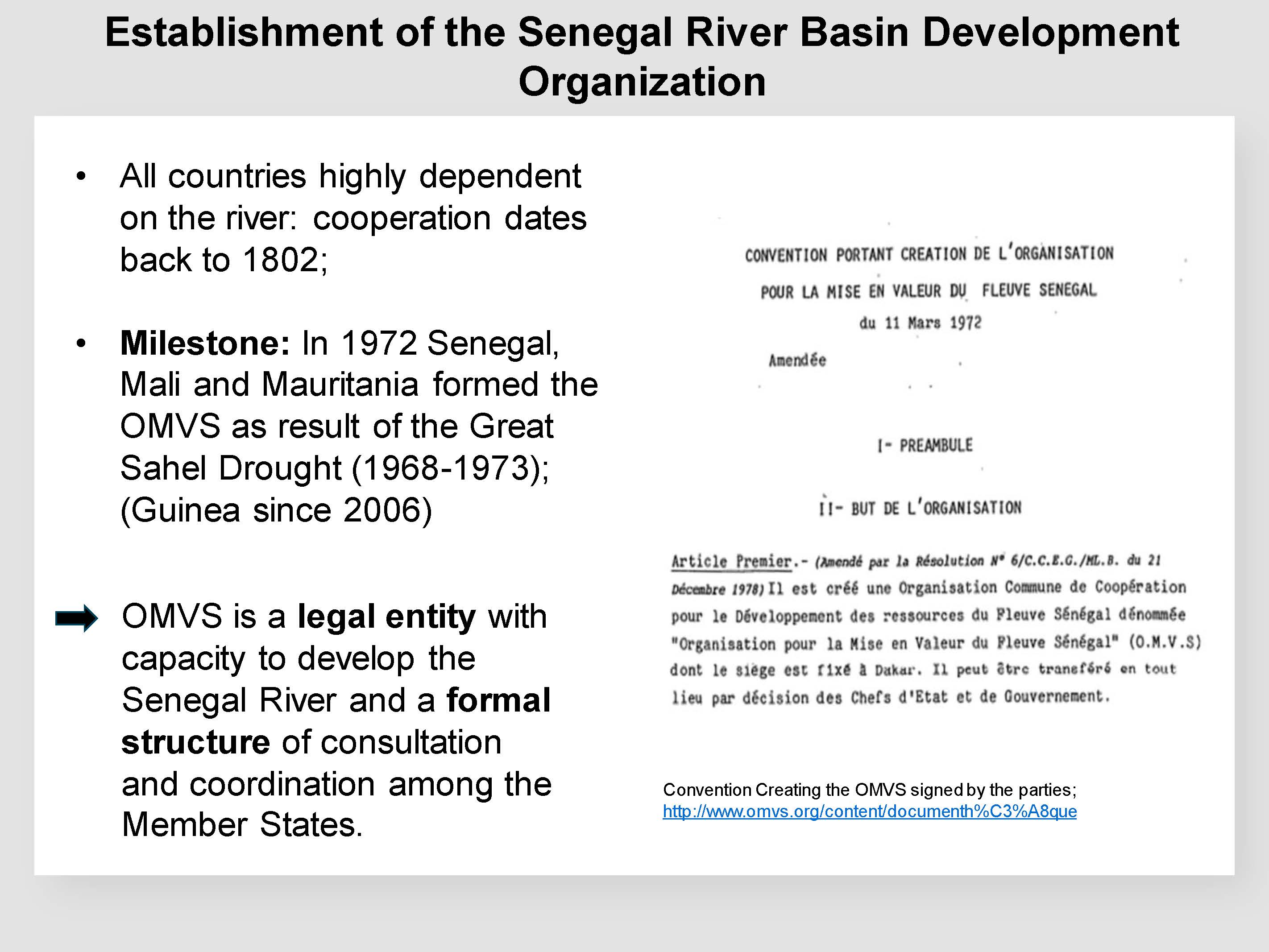 Convention Creating the OMVS signed by the parties; http://www.omvs.org/content/documenth%C3%A8que
Convention Creating the OMVS signed by the parties; http://www.omvs.org/content/documenth%C3%A8que
All countries are highly dependent on the river and the benefits of cooperation were acknowledged in the past. The cooperation dates back to 1802 when the Agricultural Colonisation Plan of the Senegal River Basin was signed.
An important milestone in the cooperation was the establishment of the Senegal River Basin Development Organization (French: Organisation pour la Mise en Valeur du fleuve Sénégal – OMVS) in 1972.
Scientific literature on water management cooperation declares the cooperation agreement in the Senegal basin as one of the first agreements in the world for comprehensive river management including also non-navigational (Vick, 2006; Makane, 2014).
First activities of the OMVS
Key goals of the OMVS: Increase food and energy security as well as improve navigation on the river
Activities to achieve the goals: Construction of two dams: Manantali and Diama for energy production and expansion of irrigated agriculture (both dams operational since 1988)
First experiences: Lessons learned from WEF-Nexus perspective
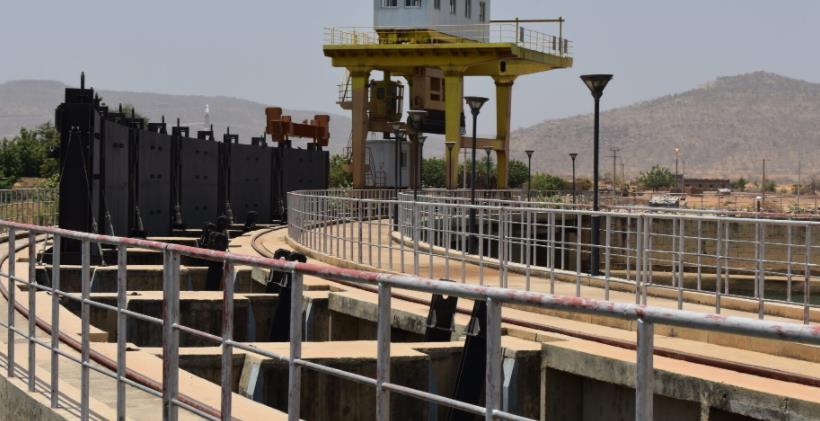
The construction of dams and water infrastructure improved access to energy and irrigation water in the Senegal River Valley (OMVS, 2002; Manikowski and Strapasson, 2016).
Positive impacts of the dams construction:
- Improved access to irrigation water (OMVS, 2002; UN, 2003; Vick 2006)
e.g. Senegal increased its potential for irrigated agriculture in the Senegal River Valley from about 10,000 ha to 240,000 ha (Manikowsky and Strapasson, 2016) - Year long navigability of the river from its month (Senegal) to Kayes Mayes situated 800 km upstream
- Energy: 800 GWh/ year of hydropower production
Negative impacts of the dam
- Reduction of recession agriculture
- Reduction of pasturelands
- The outbreak of waterborne diseases (malaria, schistosomiasis, diarrhoea)
- Reduced fishing potential
- Forest loss
- Aquatic invasive vegetation
- Water pollution from agriculture
Although the construction of dams and water infrastructure improved access to energy and irrigation water in the Senegal River Valley studies have documented numerous negative impacts.
Loss of recession agriculture and pasturage for livestock (flood water was stored in the dams what destroyed the cycle of seasonal flooding required for recession agriculture), outbreak of waterborne diseases (malaria, schistosomiasis, diarrhoea) and expansion of aquatic invasive vegetation (which destroyed the irrigation infrastructure) caused economic losses estimated higher than the benefits from agriculture irrigated by the dams (Manikowski and Strapasson, 2016; Vick, 2006).
Cost-Benefit Analysis conducted by Manikowski and Strapasson, 2016 for the Senegalese part of the Senegal River Valley delivered: The calculated net present value over 20 years of the project represented a loss of about US$ 572,1 million.
Organizational structure of the OMVS with WEF-Nexus Elements
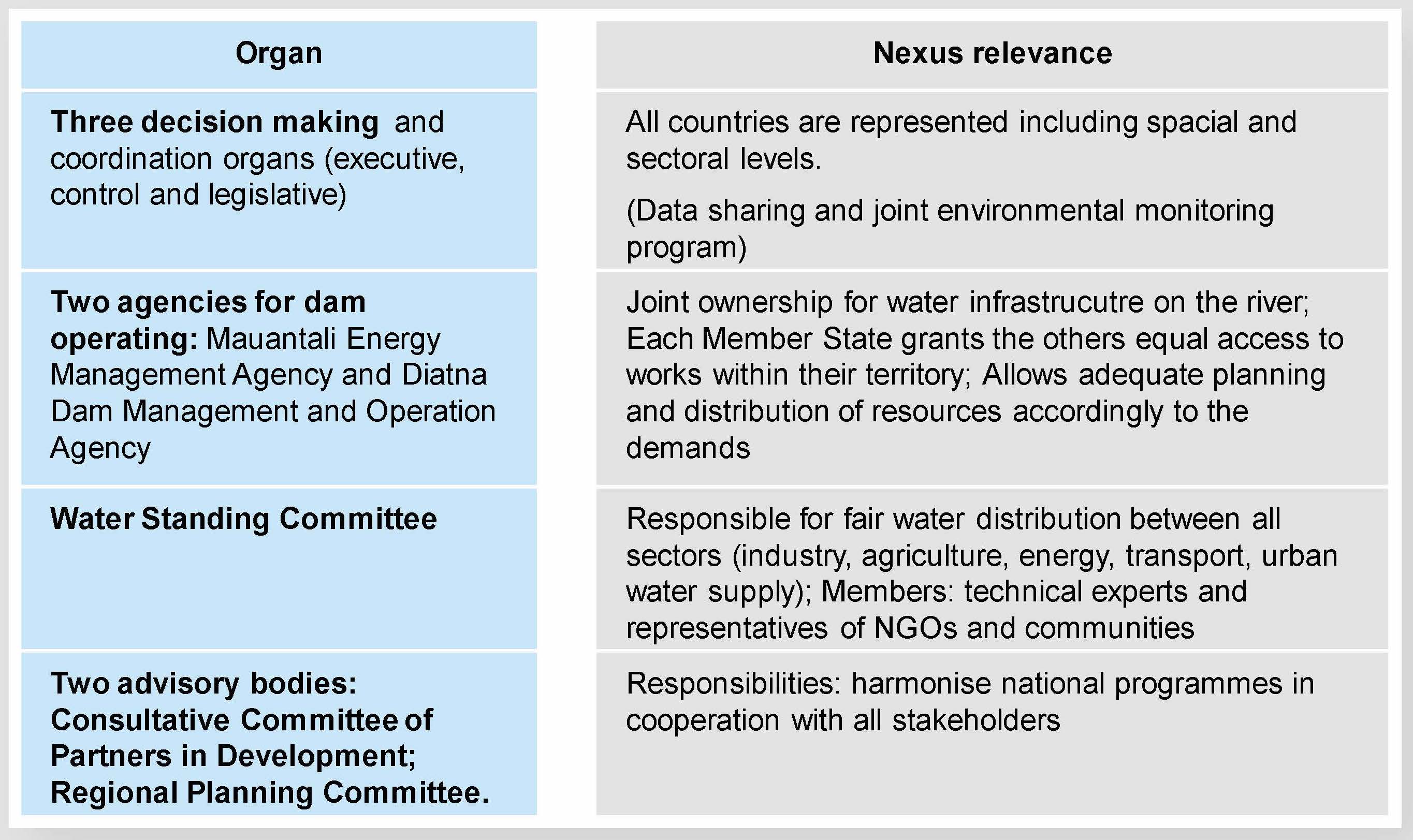
The organizational structure of the OMVS design within the Water Charter 2002 illustrates the involvement of states representatives and technical expertise what allows to manage the transnational waters in line with political frameworks and accordingly to technical and hydrological requirements.
The river infrastructure in the basin is a property of all Member States (as defined in the “Convention the Legal Status of Common Works” signed by Senegal, Mali and Mauritania 1978). Each state has the equal right to use all infrastructure on the river. Two Agencies responsible for the operation of the dams distribute water across the users considering the availability of the resources and demands independent of political boundaries.
Benefits of OMVS
![]()
Senegal River, Source: OMVS
- Scholars consider the OMVS as an unique experiment in transboundary water management, and one that has shown to produce clear benefits to its member states, even in a context of extreme political instability.
- A reliable hydropower allocation at a fixed regional price, which is shielded from market fluctuations (Medinilla and Ronceray 2019)
- Joint infrastructure management on the river
- Strong management capacity and legitimacy within the subregion with capacity and legal power to coordinate intersectoral cooperation
Summary
How could river basin organizations support cross-sectoral WEF-Nexus coordination?
- Sign benefit sharing agreements (Dombrowsky and Hensengerth, 2018)
- Support the application of international environmental and social standards (Strategic Environmental and Social - Impact Assessment; Environmental Monitoring) (Dombrowsky and Hensengerth, 2018)
- Carry out a transboundary nexus assessment and implement WEF-Nexus solutions (technological and governance solutions) (UNECE, 2015, UNEP, 2014)
- Develop own guidelines on sustainable hydropower how did e.g. International Commission for the Protection of the - Danube River (ICPDR, 2013) and the Mekong River Commission (MRC, 2009)
- Establish a joint data infrastructure: collect, store and share data (Dombrowsky and Hensengerth, 2018)
References
De Strasser, L., Lipponen, A., Howells, M., Stec, S. and Bréthaut, Ch .2016. A Methodology to Assess the Water Energy Food Ecosystems Nexus in Transboundary River Basins. In: Water 2016, 8, 59; Available from: https://www.mdpi.com/2073-4441/8/2/59
Dombrowsky, I. and Hensengerth, O., 2018. Governing the Water-Energy-Food Nexus Related to Hydropower on Shared Rivers—The Role of Regional Organizations. Front. Environ. Sci. 6:153. doi: 10.3389/fenvs.2018.00153
IUCN (2019). Increasing returns on investment opportunities by applying a nexus approach: Best practice nexus case studies. Belgrade, Serbia: IUCN. pp. 18-23. https://portals.iucn.org/library/node/48721
Makane M. M. 2014. A Model for African Shared Water Resources: The Senegal River Legal System.
Manikowski S., Strapasson, A. 2016. Sustainability Assessment of Large Irrigation Dams in Senegal: A Cost-Benefit Analysis for the Senegal River Valley. Front. Environ. Sci. 4:18. doi: 10.3389/fenvs.2016.00018
Medinilla, An. and Sergejeff, K. 2021. Supporting transboundary water cooperation: learning from water-stressed basins in West Africa. ECDPM Making policies work. Discussion paper No. 309. Available from: https://uploads.water-energy-food.org/ECDPM-paper.pdf
OMVS. 2002. Senegal River Basin Development Organization. What it is? What it does? A successful example of sub-regional integration and cooperation in relation to the coordinated and concerted development of a river basin in Africa. http://www.omvs.org/content/documenth%C3%A8que
Paisley R., K., Denoon R. T., de Chaisemartin, M. 2020. International river basin organizations and benefit sharing arrangements in the Columbia and Senegal international river basins: Past, present, and future. In: River Basin Organizations in Water Diplomacy edited by Kittikhoun, A., Schmeier, S. 978-0-367-21813-3 (ISBN).
Scheumann, W., and Tigrek, S., 2015. Regional energy trading—a new avenue for resolving a regional water dispute? Int. J. Water Govern. 1, 1–22. doi: 10.7564/14-ijwg46
UNEP /, 2014. Governing the water-energy-food nexus: opportunities for basin organisations. First International Environment Forum for Basin Organizations. Towards Sustainable Freshwater Governance. 26–28 November 2014, Nairobi, Kenya. Technical background document for theme 2: “Water-Energy-Food Nexus” (Nairobi: United Nations Environment Programme). Available from: https://wedocs.unep.org/bitstream/handle/20.500.11822/9954/water-energy-food.pdf?sequence=1&isAllowed=y
UNECE (United Nations Economic Commission for Europe), 2015. Reconciling Resource Uses in Transboundary Basins: Assessment of the Water-Food-Energy-Ecosystems Nexus. New York, Geneva: United Nations. Available from: https://unece.org/fileadmin/DAM/env/water/publications/WAT_Nexus/ece_mp.wat_46_eng.pdf
United Nations World Water Development Report. 2003. Water for People Water for Life. Paris, UNESCO and New York, Berghahn Books, Chapter 20: Senegal River Basin, Guinea, Mali, Mauritania, Senegal p. 447-461.
Vick, M., J. 2006. The Senegal River Basin: A Retrospective and Prospective Look at the Legal Regime. 46 Nat. Resources J. 211.